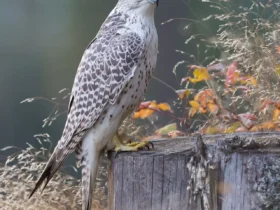The Scarlet Macaw (Ara macao) is one of the most beautiful and colorful bird species in the world. It is a captivating and majestic bird that stands out with its vibrant plumage and charismatic personality. Found in the tropical rainforests of Central and South America, this striking parrot species has long fascinated both nature enthusiasts and researchers alike.
Scarlet Macaw images

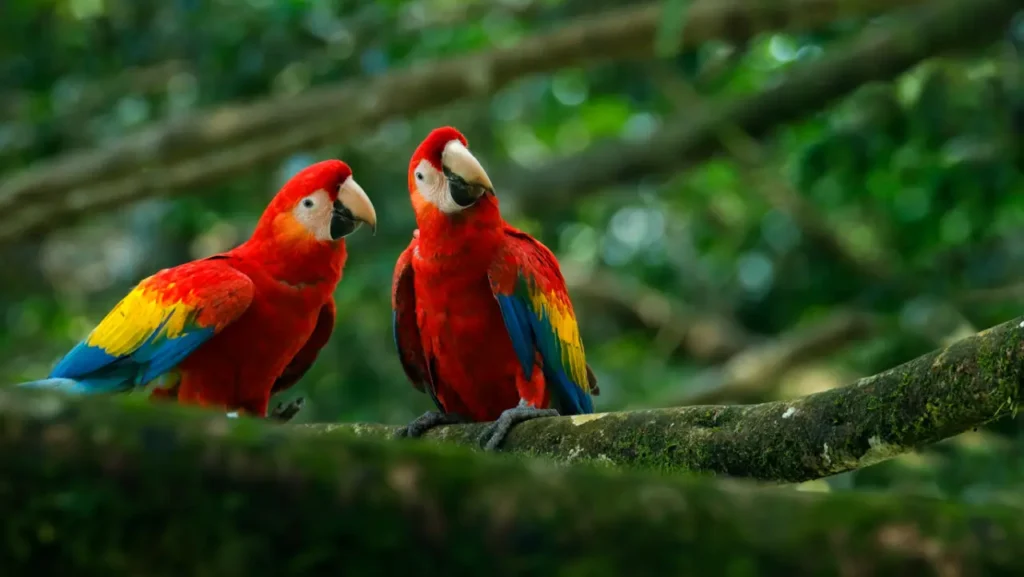
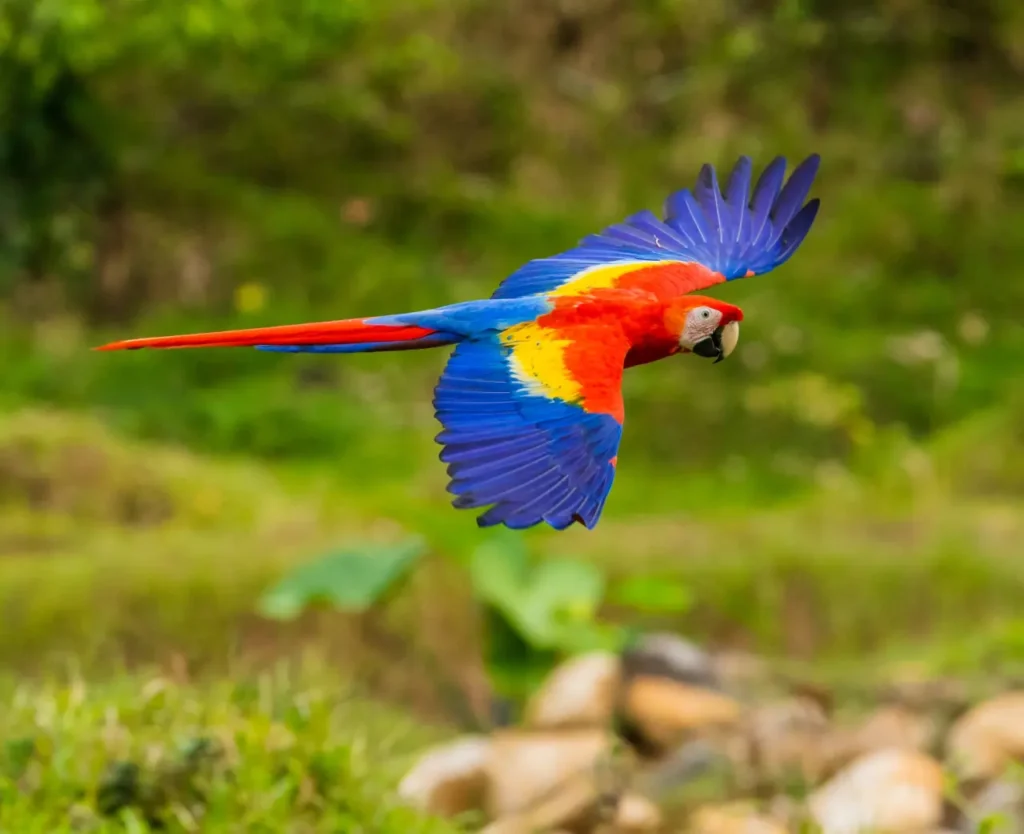
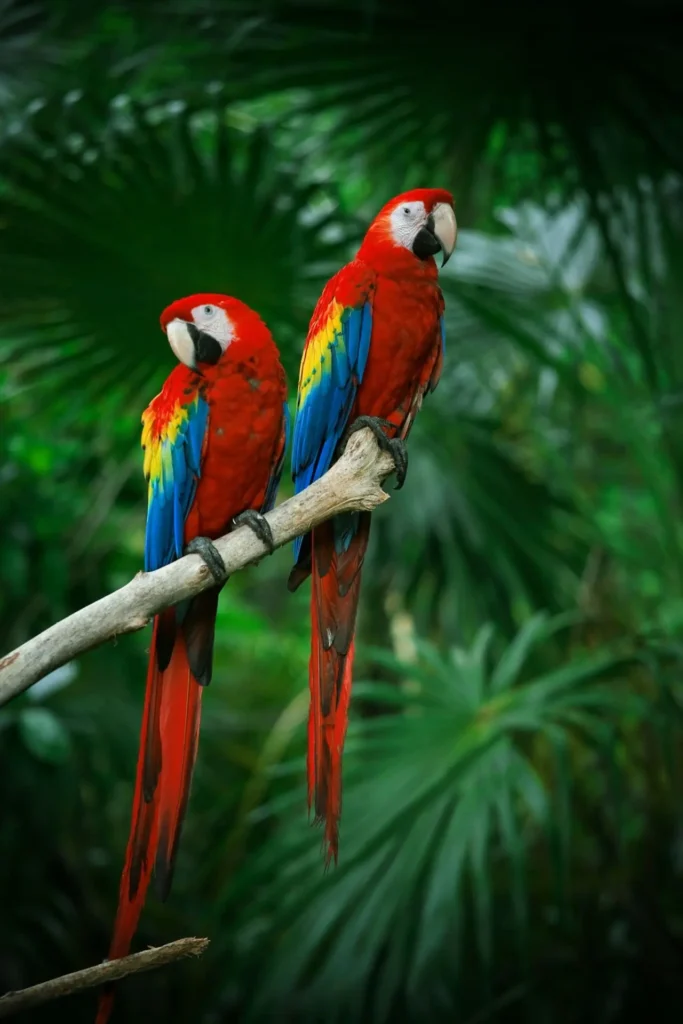
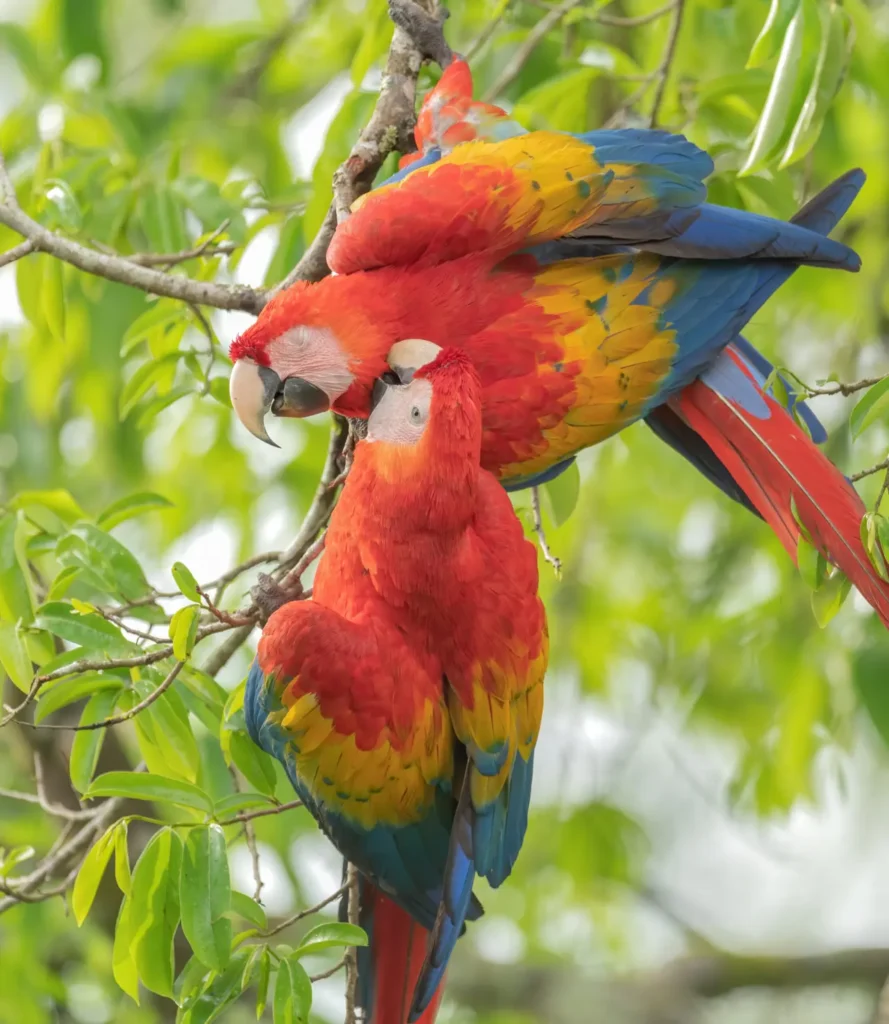



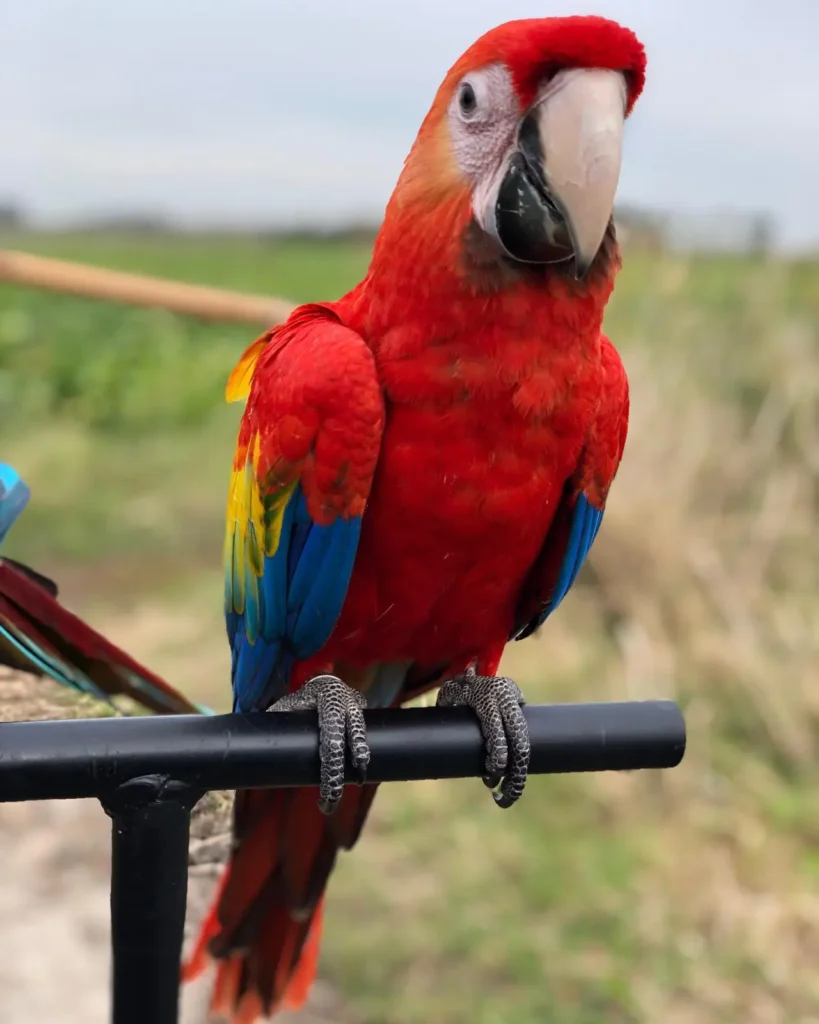
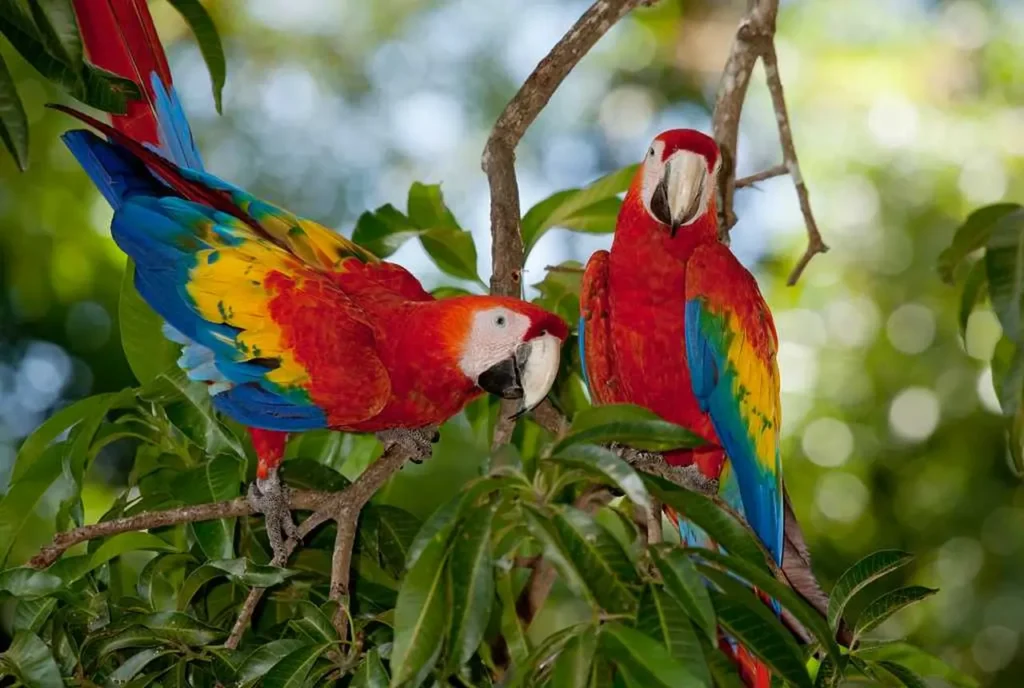
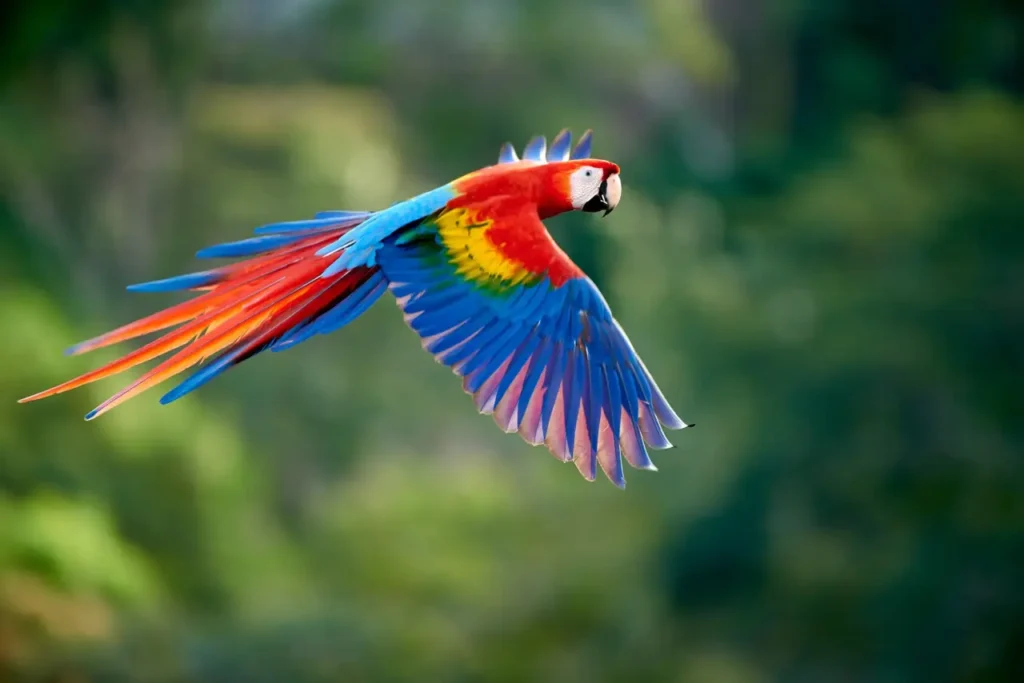



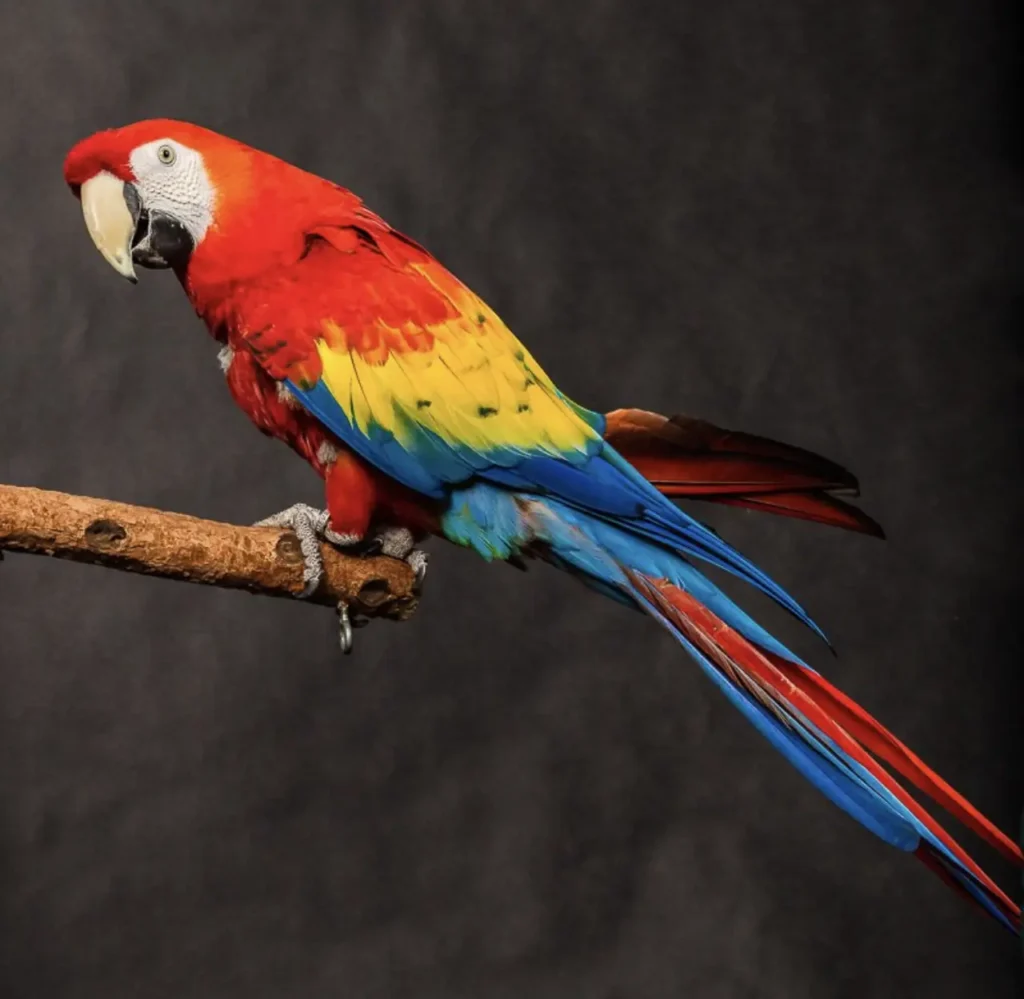

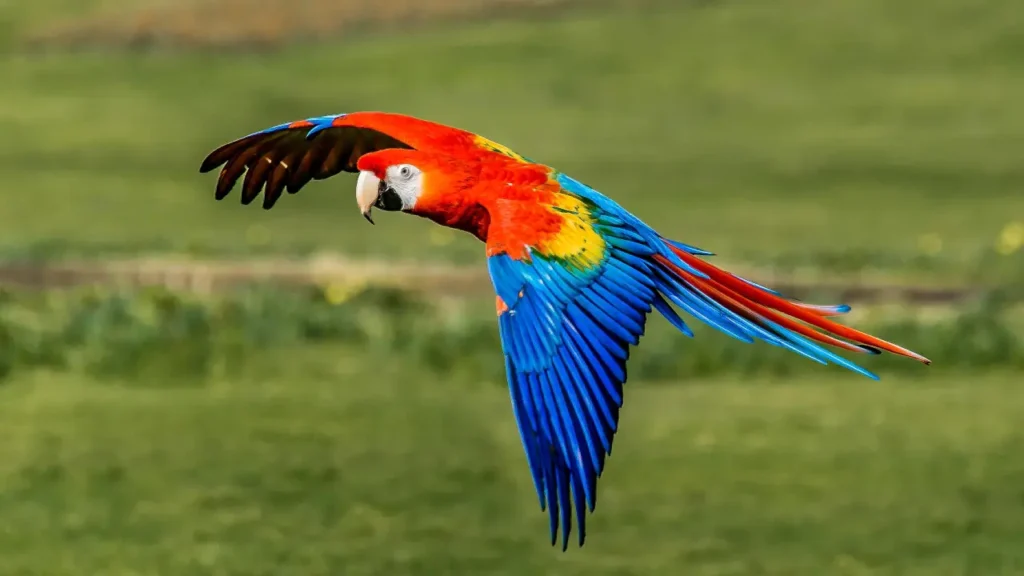
In this article, we will explore the captivating features, behavior, and conservation significance of the Scarlet Macaw.
Appearance and Plumage
The Scarlet Macaw is renowned for its stunning and vivid plumage. Its vibrant red, blue, and yellow feathers create a breathtaking spectacle against the backdrop of lush green forests. With a length of around 81 to 86 centimeters (32 to 34 inches) from head to tail, it is one of the largest parrot species in the world. Its strong, hooked beak is perfect for cracking nuts and seeds, its main source of sustenance.
Behavior and Intelligence
Beyond its striking appearance, the Scarlet Macaw is known for its high intelligence and social nature. These birds are highly vocal and have a wide repertoire of calls, squawks, and screeches, which they use for communication and establishing their territory. They form strong monogamous bonds and often engage in mutual preening, a behavior that reinforces pair bonding.
Scarlet Macaws are highly skilled fliers, with their powerful wings allowing them to soar through the treetops with grace and agility. They can reach impressive speeds and perform acrobatic maneuvers in flight, showcasing their aerial prowess.
Conservation Status and Threats
Unfortunately, the Scarlet Macaw faces numerous conservation challenges. Habitat loss due to deforestation, illegal pet trade, and poaching have significantly impacted their population. These birds have specific nesting requirements, such as tree cavities for breeding, which are becoming increasingly scarce.
Efforts are being made to protect the Scarlet Macaw and its habitat. Various conservation organizations, local communities, and governments are implementing measures to safeguard the species and promote sustainable practices. Protected areas and national parks play a crucial role in preserving their natural habitats, allowing these magnificent birds to thrive.
Ecological Importance
The Scarlet Macaw plays a vital role in maintaining the ecological balance of its habitat. They assist in seed dispersal by consuming fruits and nuts, aiding in forest regeneration. Additionally, their nesting cavities provide shelter for other species, supporting biodiversity in the rainforest ecosystem.
The macaw’s cultural significance cannot be overlooked either. Revered by indigenous communities, this bird holds deep cultural and spiritual value, often symbolizing strength, beauty, and freedom.
The Scarlet Macaw is a true marvel of nature, capturing our attention with its vibrant colors, intelligence, and remarkable presence. Its conservation is not only essential for the preservation of a magnificent species but also for the health of the rainforest ecosystems it calls home. By raising awareness, supporting conservation efforts, and promoting sustainable practices, we can contribute to the protection and survival of this extraordinary bird for generations to come.
